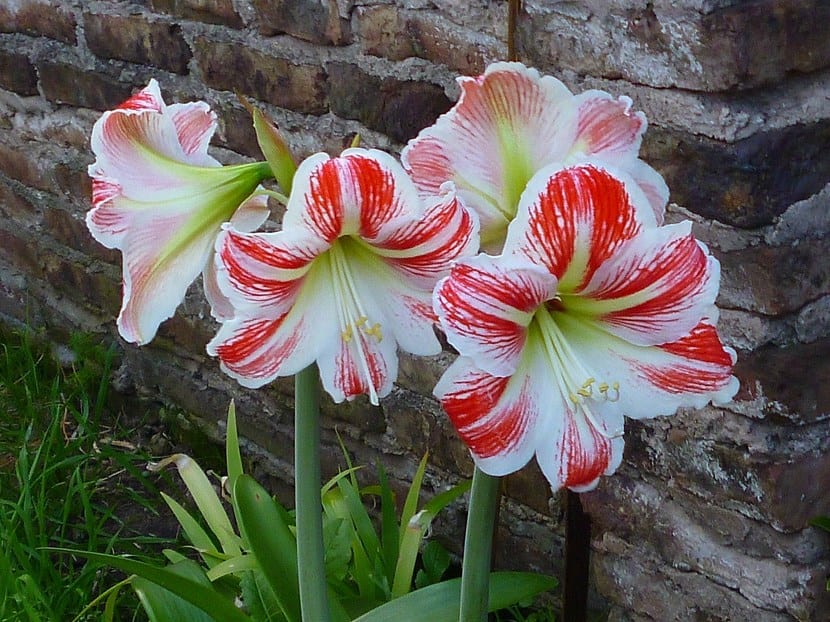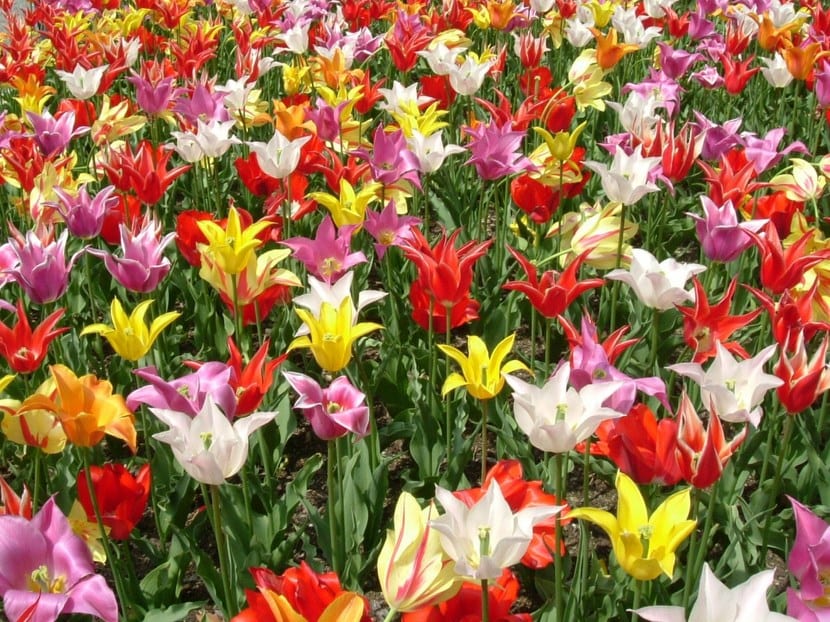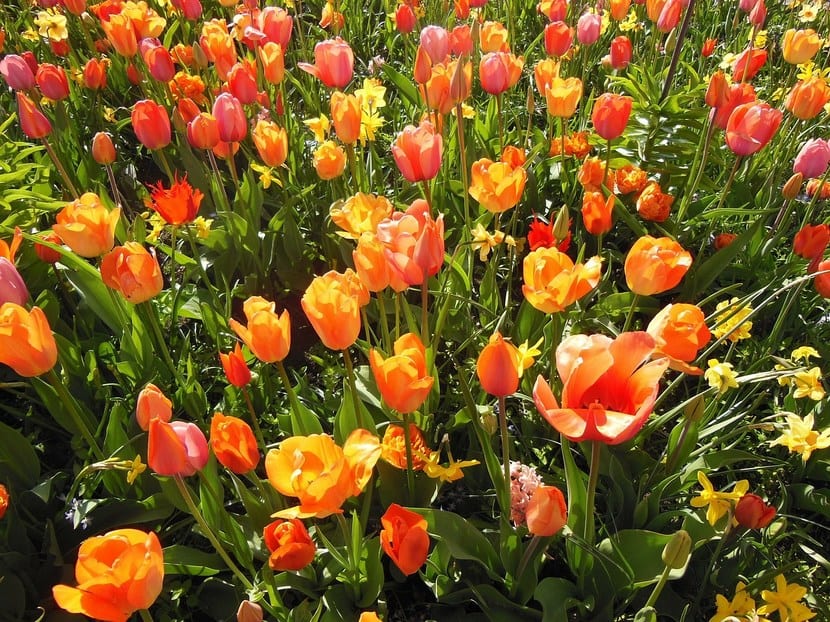
Much is said about bulbous plants and their care, especially if we talk about tulips, beautiful flowers that require some knowledge to grow well.
That is why today we will start with the most important thing: what are we talking about when we talk about bulbous plants?
Singularities of bulbous plants

The Tulip is one of the most popular bulbous plants but not the only one. In any case, when we speak of a bulbous plant we are referring to a plant that is grown from certain organs, as can be a bulb. This would be the case of the tulip.
But there are others. There are bulbous plants that are grown from corms, such as gladiolus, with tuberous roots, as is the case with dahlia, or rhizomes, as with calla lilies.
Although gardening generally refers to the bulbous plants Like those that are grown from a bulb, the truth is that it also includes the different organs mentioned. These four organs are underground and in all cases they work by accumulating nutrients that will later help in the manufacture of the leaves. From these organs, a new plant will grow each year.
Among the most popular bulbous plants are the following:
Bulbs: Tulip, Hyacinth, Narcissus, Muscari, Lily, Fritillaria, Iris, Lily, Nardo, Tigridia, Hemerocalis, Hippeastrum, Nerine, Clivia, etc.
Corms: Crocus, Freesia, Gladiolus, Ixia, etc.
Tuberous roots: Anemone, Dahlia, Begonia, Cyclamen, Agapanthus, Buttercup, etc.
Rhizomes: Caña de las Indias, Cala, Lily (some Iris), Convallaria majalis.
The most beautiful flowers

Despite the prejudices, many bulbous plants are easy to grow. Perhaps the expert gardener believes that the plant dies during the low season but the truth is that it remains dormant and then resurfaces in the flowering season.
Generally, bulbous plants present very beautiful flowers and attractive although it is common that they last a short time. They appear in infinite colors and are very beautiful. The flowering time depends on each plant, although here we can see a list of some species:
Spring: Tulip, Hyacinth, Narcissus, Lily, Anemone, Fritilaria, Buttercup.
Summer: Begonia, Caña de las Indias, Dahlia, Freesia, Gladiolus, Lily, Crocosmia.
Autumn: Amaryllis, Nerine, Autumn crocus.
Winter: Cyclamen, Scylla, Dicentra, Snowdrop, Muscari or Nazareno